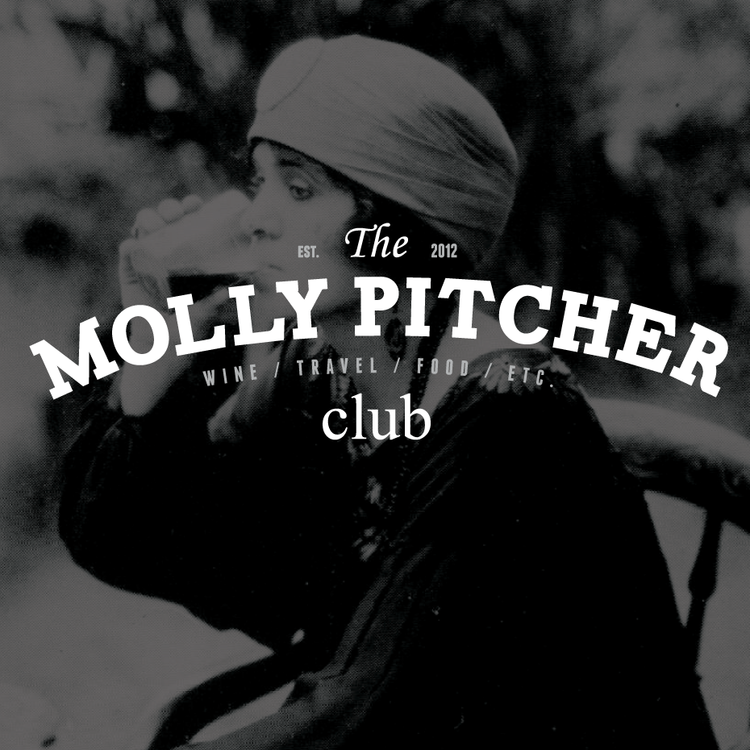What does the term "Reduced" mean?
"This wine is definitely reduced."
Have you ever heard this descriptor and thought, "what does that mean?" I found myself asking this question a lot back when I did the Benchmark Wine Tasting class (whoa, back in January, time flies when your tasting wine). Many people around the classroom, specifically those involved in winemaking, knew this term and used it a lot. So I made a note to look it up when I got home, and the results may interest you!
One of my favorite wine writers, Dr. Vinny, explains the definition of "reduced" in an easy way, he says, "'reduced' is a term used to described wine that has not been exposed to air." It seems strange that since we are surrounded by air that it is even possible for wine to be exposed to too little air. However, the process of controlling how much air is exposed to the grape juice during fermentation is an extremely important process. Winemakers use steel tanks, oak barrels and other sealed vessels to control the amount of air exposed during fermentation. When wine is exposed to too much air, it is described as "oxidized." The opposite, restricting the air exposure, results in a "reduced" wine.
So how can you tell that a wine is "reduced?"
A little bit depressing, but will definitely help you remember "reduced."
When you open a bottle of wine, you are instantly exposing the wine to air. If the wine is "reduced," it will be gasping for air once opened. While the wine is "gasping for air," it releases a strong smell like lit matches or sulfur. (Not particularly desirable right?) When I taste a wine that is reduced, I thought it smelled like canned vegetables, specifically canned green beans. Flaws like this will usually overwhelm any fruit or earth flavors in the wine and is typically not curable with aeration.
Generally, when a wine is considered "reduced" most assume it is an automatic flaw. However, "reduction" is also a winemaking technique, used more frequently in Burgundy. When a winemaker engages in reductive winemaking, they are highlighting the fine lees, or dead yeast cells, that accumulate at the bottom of the fermentation vessel. This is typically done to add complexity to the flavor. By emphasizing the fine lees, the winemaker will have to rack less, thus limiting the exposure of the wine to air. (Since it sits in the fermentation vessel for much longer, rather than moving the wine from a steel tank to a barrel). If you discover that your wine is reduced during winemaking, it can be remedied by exposing the wine to more air. However, if you discover that you wine is reduced out of the bottle, it is a clear flaw, that even with aeration will not likely be removed from the wine.
Wine notes to takeaway -- if you notice that your wine smells overwhelmingly like canned green beans, lit matchsticks, or sulfur, then your wine is likely "reduced" (due to lack of exposure of oxygen during winemaking) and it, very sadly, is flawed to the point of no return.
To never stumbling upon a "reduced" wine in the field!
Cheers!

